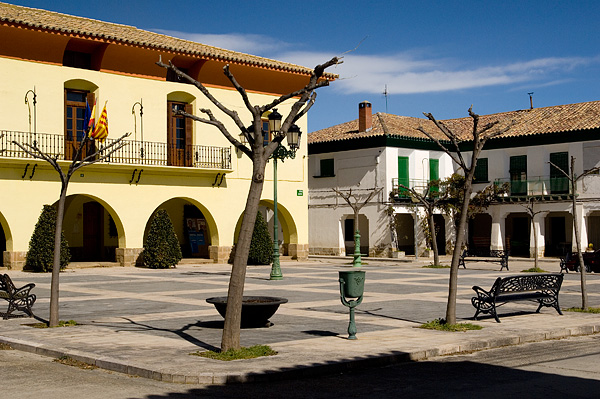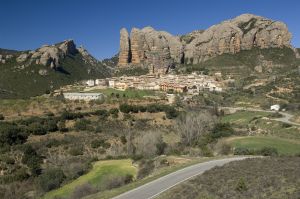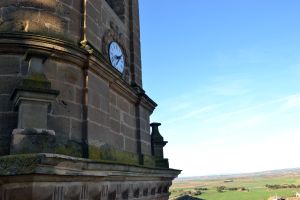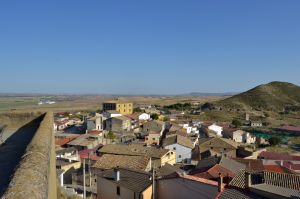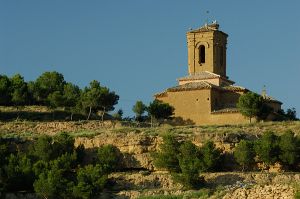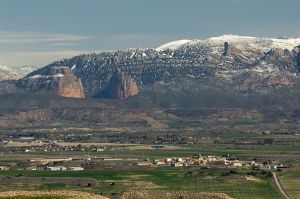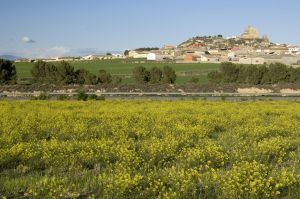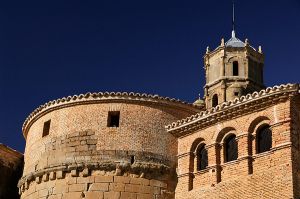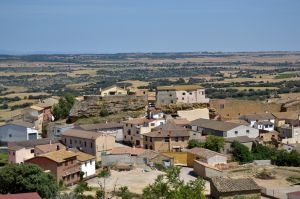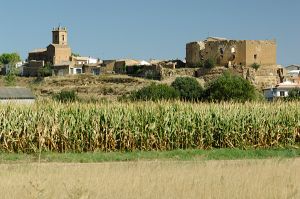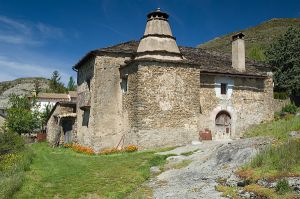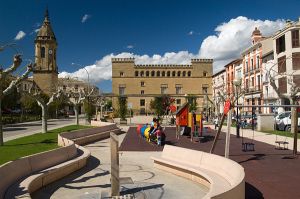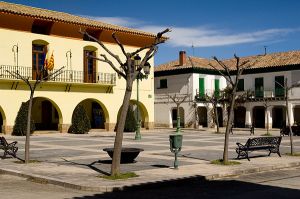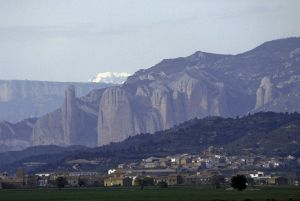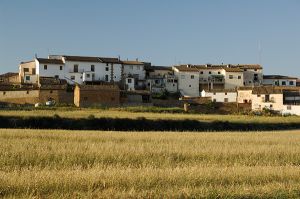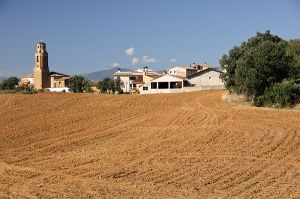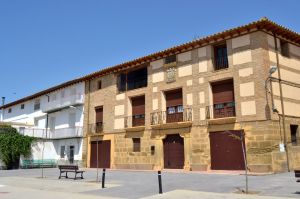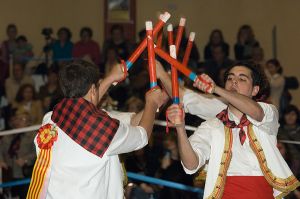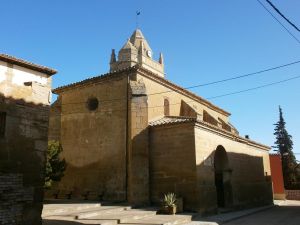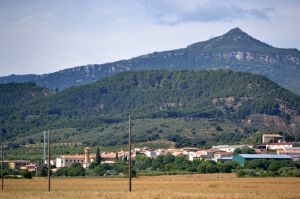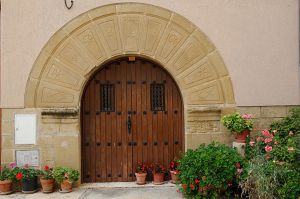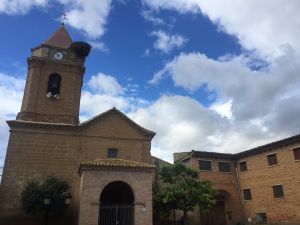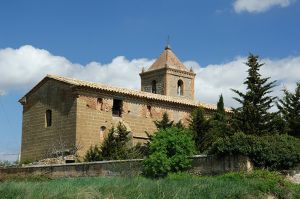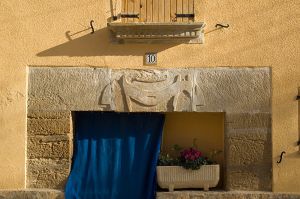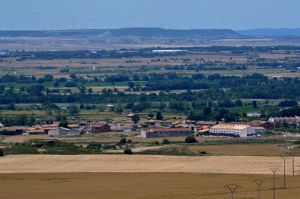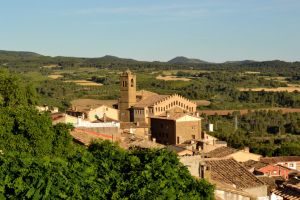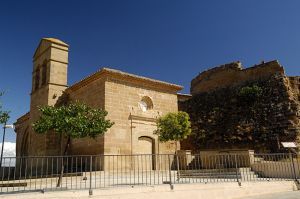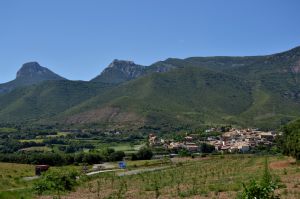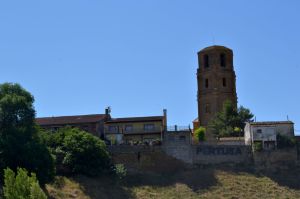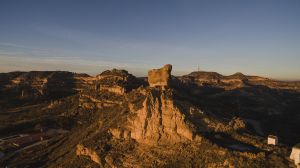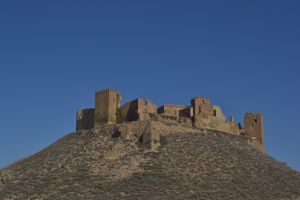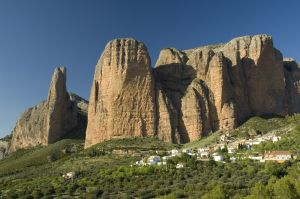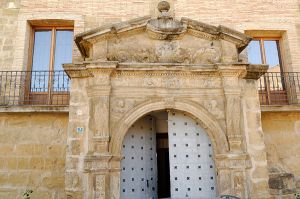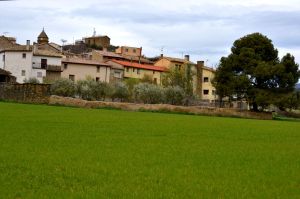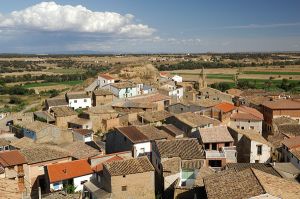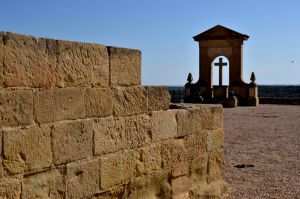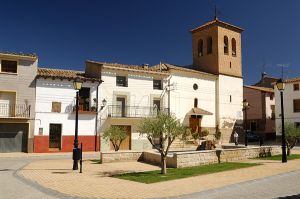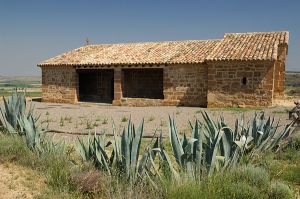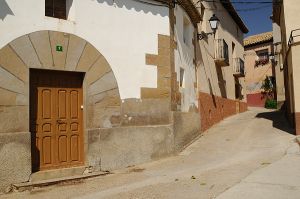At just a few kilometers away and only a kilometer from the nearest village, Chimillas, Banastás is an easy and pleasant walk from Huesca and other neighboring villages.
The village is located steps from the Isuela River, on the plain that extends from the Sierra de Gratal, an area prone to cooler temperatures and wind, and the place where Peter I of Aragón ordered the replanting of almond and olive trees after the conquest of Huesca.
Banastás was severely damaged during the Spanish Civil War. In fact, its destruction was so significant that it had to be rebuilt later by the Spanish National Service for Devastated Regions.
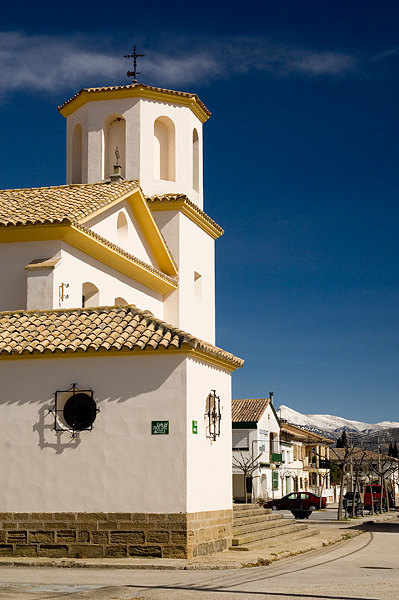
A curious architectural landmark is the 15th- to 17th-century “junction house”, once used to connect the irrigation ditches.
Highly recommended for its stunning scenery, particularly when the seasons change, is the route through the Cortés wetland, where you can continue the path to Banastás, as well as to Chimillas.
The village’s natural heritage includes the “Carrascal de Nisano”, a large oak forest, the only one on the Huescan plain, a large stretch of forest surrounded by wheat fields, with single large holm oaks –like the Carrasca Becha, a cataloged monumental tree– dotting the fields.
Banastás celebrates its annual festivals on November 30th in honor of San Andrés, and on December 8th for the Immaculate Conception.





